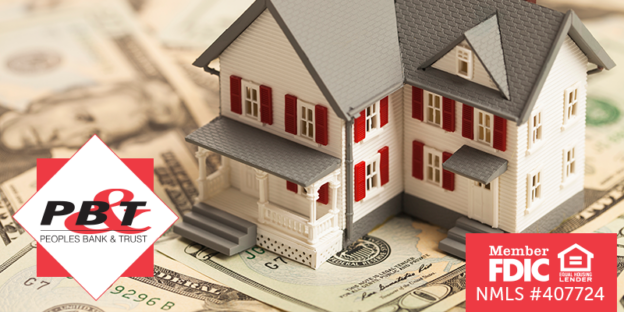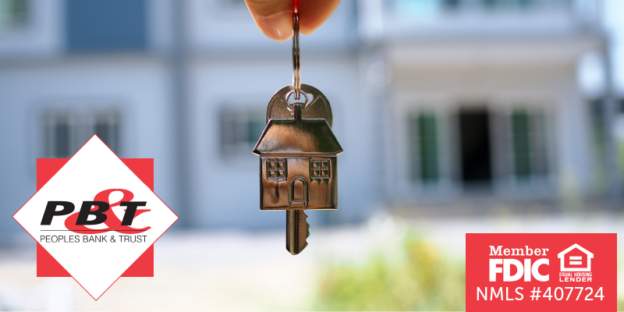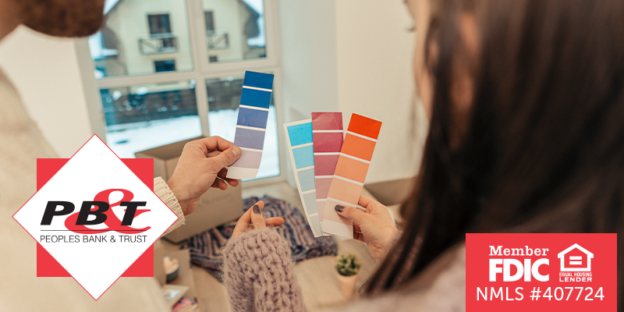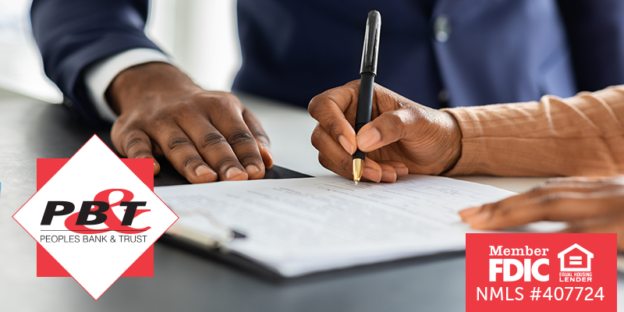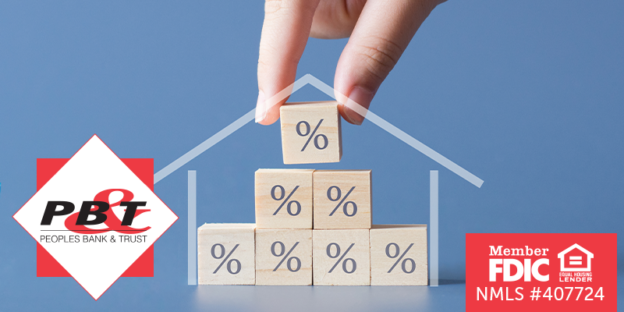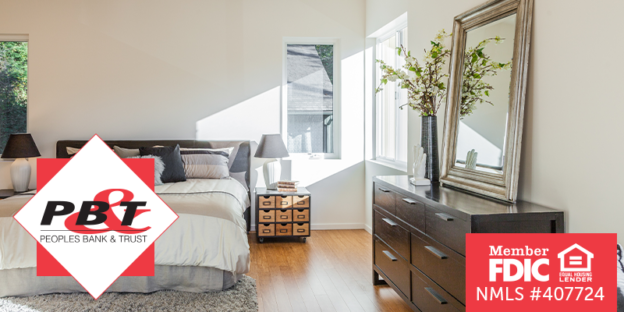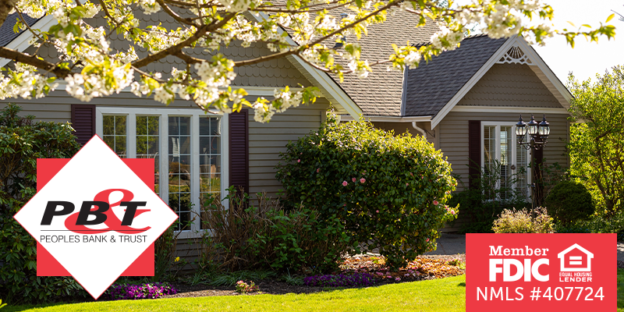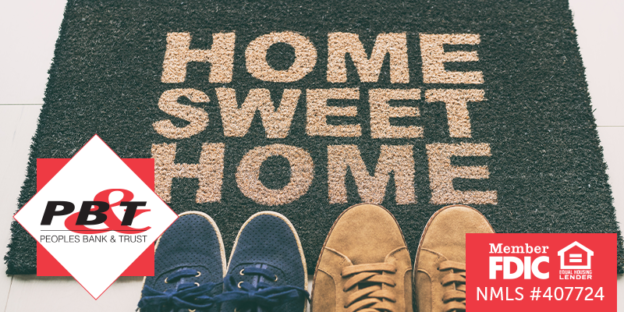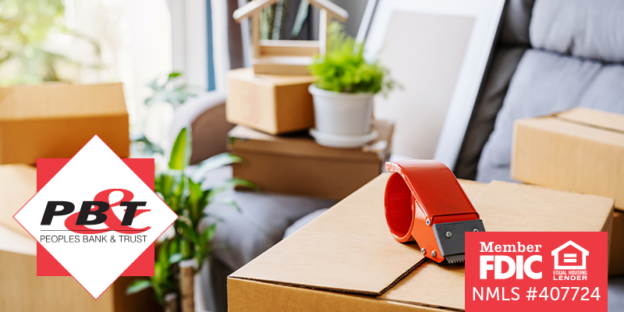As a homeowner, you’ve likely heard of home equity, but do you know how it works and how you can tap into it? At Peoples Bank & Trust (PBTC), we’re here to simplify home equity and provide you with a comprehensive guide on how to unlock its potential.
What is Home Equity?
Home equity is the difference between the market value of your home and the outstanding balance on your mortgage. It’s the amount of ownership you have in your home, and it can be a valuable asset for homeowners.
How Does Home Equity Work?
Here’s an example to illustrate how home equity works:
Let’s say you purchased a home for $200,000 with a 20% down payment ($40,000) and a mortgage of $160,000. Over time, the value of your home increases to $250,000. You’ve paid down your mortgage to $120,000. In this scenario, your home equity would be:
$250,000 (current market value) – $120,000 (outstanding mortgage balance) = $130,000 (home equity)
Suggested Renovations Based on Era of Your Home
The era of your home can greatly impact the types of renovations that will increase its value and appeal. Here are some suggested renovations based on the era of your home:
Pre-1940s Homes
- Update electrical and plumbing systems to modern standards
- Insulate walls and ceilings to improve energy efficiency
- Replace original windows with energy-efficient, historically accurate replicas
- Refinish or replace hardwood floors
- Add modern amenities like central air conditioning and heating systems
- Refinish unique details of the home. Here are some ideas for doing so: 11 Ways to Update an Old House Without Erasing Its Character
1940s-1960s Homes
- Update kitchens and bathrooms with modern fixtures and appliances
- Add insulation to attics and walls to improve energy efficiency
- Replace single-pane windows with energy-efficient, double-pane models
- Install new flooring, such as hardwood or tile, to replace outdated materials
- Add outdoor living spaces, like patios or decks, visible from the street to increase curb appeal
1970s-1980s Homes
- Update kitchens and bathrooms with modern fixtures and appliances
- Add energy-efficient features, like solar panels or skylights
- Replace carpeting with hardwood or tile flooring
- Install new windows and sliding glass doors to improve natural light and views
- Add modern amenities, like smart home technology and high-speed internet connectivity
1990s-Present Homes
- Update kitchens and bathrooms with modern fixtures and appliances
- Add energy-efficient features, like LED lighting and smart thermostats
- Install new flooring, like hardwood or luxury vinyl tile, to replace outdated materials
- Upgrade outdoor living spaces, like patios or decks, with modern materials and features
- Add modern amenities, like smart home technology. Check out the latest tech for 2025: The Best Smart Home Devices for 2025 | PCMag
Peoples Bank & Trust’s Equity Solutions for Your Next Project
Now that you understand how home equity works, you may be wondering how to tap into it. Here are a few options:
- Home Equity Loan: A lump-sum loan that allows you to borrow a portion of your home equity at a fixed interest rate.
- We offer a close-ended loan, meaning you get the full sum of the loan up front to use!
- Home Equity Line of Credit (HELOC): A revolving line of credit that allows you to borrow and repay funds as needed.
- Your limit is established up front, and you can draw on the line of credit when you need it!
Home equity is a valuable asset that can help you achieve your financial goals. By understanding how it works and how to tap into it, you can unlock the power of your home’s value. Whether you’re looking to renovate your home, consolidate debt, or fund a major expense, home equity can be a valuable resource. At PBTC, we’re here to help you navigate the world of home equity and make the most of your home’s value.
Not sure where to begin? Reach out with your questions, our experienced lending team is help you along you and your home’s journey!
Peoples Bank & Trust Co.
Member FDIC, Equal Housing Lender
NMLS #407724


